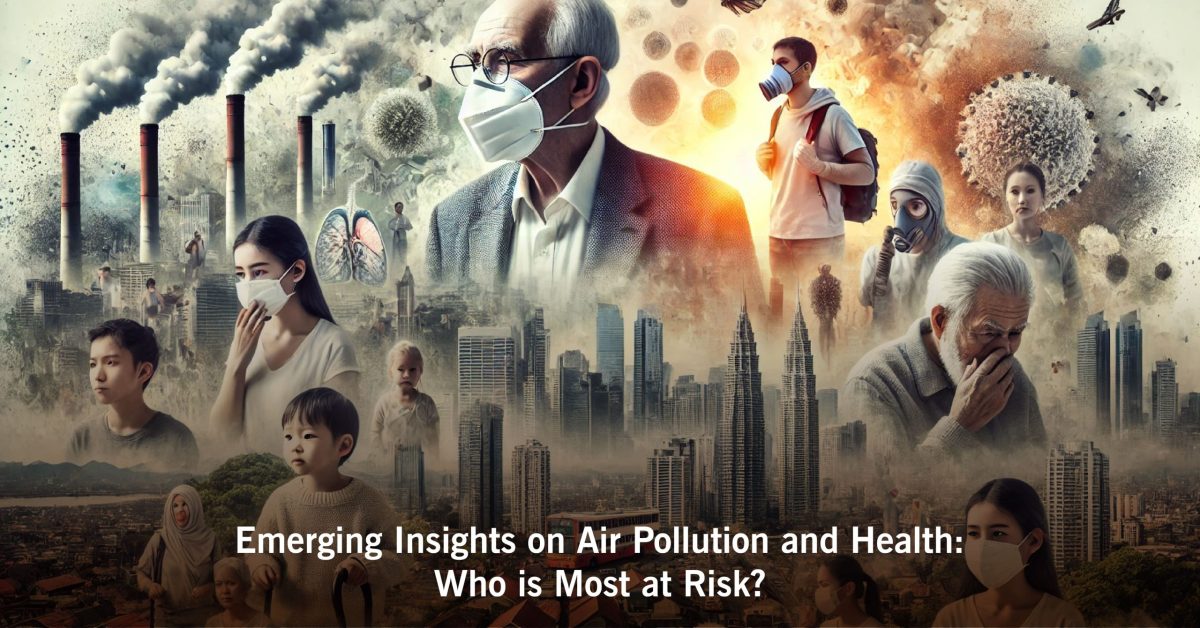Air pollution has been called the largest global health threat of the twenty-first century in the last few years. As a result of industrialization, urbanization, and the enhancement of the use of fossil fuels, particulate matter and problematic pollutants affect millions of people across the globe. However, not all populations are at the same level of risk about the effects of air pollution on the health of that particular population. Evidence from previous research reveals that some groups of people, rather children, elderly citizens, and those with chronic diseases, are more at risk of the dangers that come with air pollution. This article seeks to understand current and evolving perspectives on the effects of air pollution on the health of individuals. It looks at vulnerable groups based on findings obtained from toxicological, epidemiological, and environmental research. micrometers),
Understanding Air Pollution and Its Components
The pollutants include particulate matter (PM), ozone (O3), nitrogen dioxide (NO2), sulfur dioxide (SO2), carbon monoxide (CO), and volatile organic compounds (VOCs). Particulate matter, especially PM2.5 (particles smaller than 2.5 micrometers), is considered quite dangerous since it can easily get into the lungs and bloodstream. These pollutants are emitted from motor vehicles, industries, and farming, among others, and are also a result of natural events like fires.
It also poses adverse health effects, which range from respiratory and cardiovascular ailments to neuro-developmental difficulties among kids. These health effects are usually influenced by factors such as socioeconomic and demographic status, which determine the effects that people are likely to experience from air pollution.
Children and Air Pollution: A Critical Public Health Issue
Children are more vulnerable to the mobility effects of air pollution, and this has been of great concern in toxicological studies. Exposures to air pollutants, including lead and particulate matter, have been postulated to affect the developing brains and hence lead to low IQ scores and general low functionality of the brain. Due to their undeveloped skeletal systems, children are prone to the effects of environmental pollution in terms of suffocation; early exposure to polluted air results in permanent damage to respiratory organs.
Children living in congested urban areas and/or areas that are characterized by industries with high emission capacities bear even higher risks of toxicity exposure to dangerous pollutants. Workers in these areas claim that children in the region experience better rates of asthma, respiratory infections, and other ailments associated with polluted air. In addition, the pollution of the air affects children’s development and behavior; such children often suffer from developmental and behavioral disorders and might have severe socioeconomic consequences as adults.
This evidence also shows that the common people belonging to a lower socioeconomic class are exposed to a greater level of air pollution. This means that children from disadvantaged backgrounds are more likely to live in areas facing problems of air pollution and hence poor quality air. Given both the genetics and environment, these children are one of the most vulnerable groups to air pollution.
